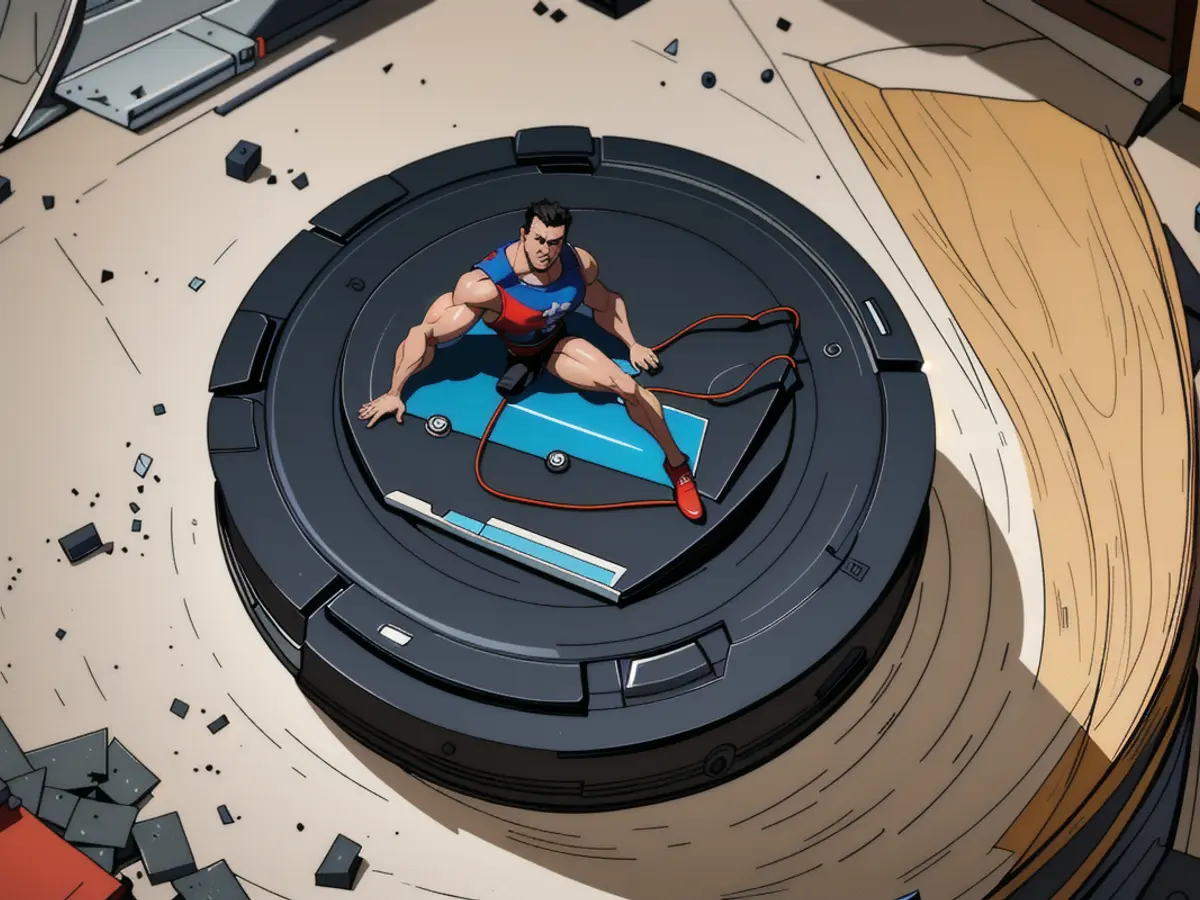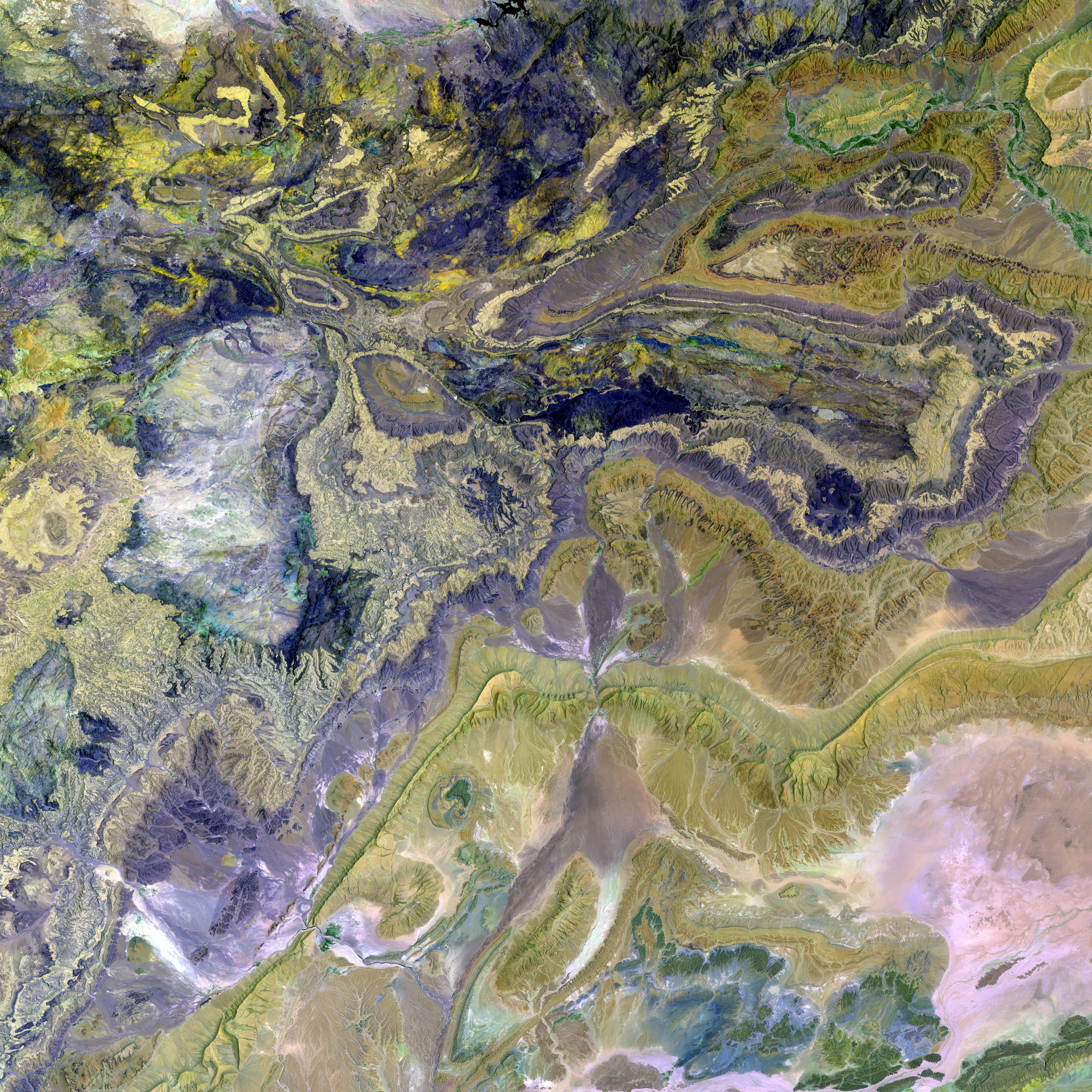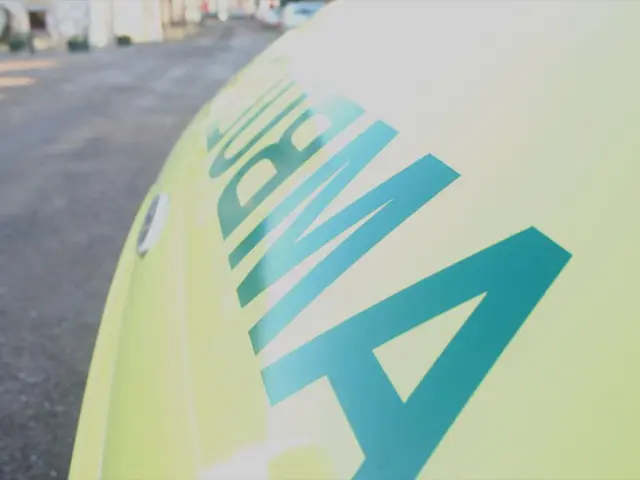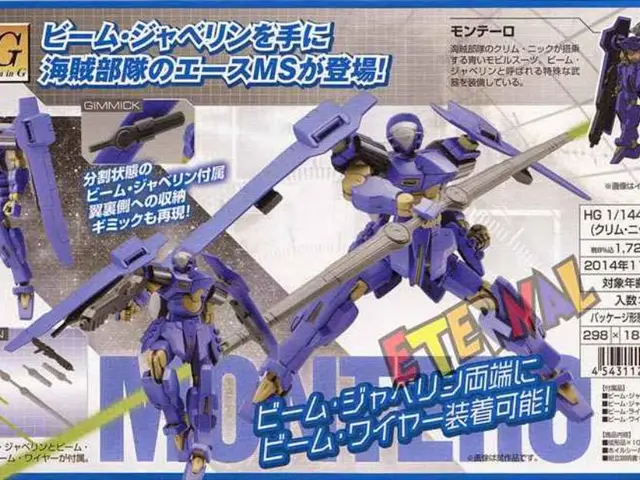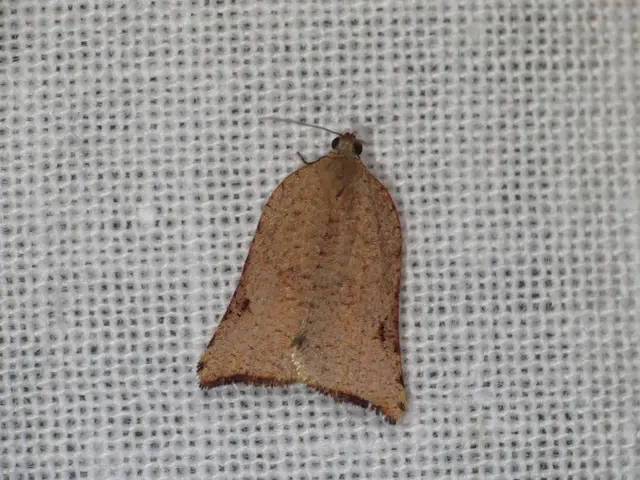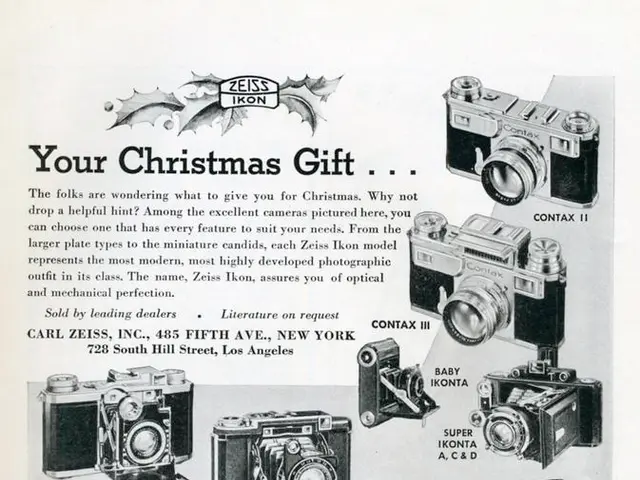Evaluating the Roborock Saros 10: Dwarfed by Its Sibling Model
In the realm of robotic vacuums, the newest addition to Roborock's lineup, the Saros 10, is a contender for top spot. But if you're after a deep clean with edges that truly shine, the Saros 10R is the way to go. Let's break this down.
At first glance, the Saros 10 isn't distinct from its robovac brethren, sporting the standard LIDAR turret, cameras, and brush roller. However, a nifty feature of this turret is its ability to retract when encountering low-clearance furniture, such as a couch or coffee table.
The Saros 10 boasts an impressive 22,000Pa of suction power, outperforming most other robot vacuums in the market. In practice, it excelled in our Snack Gauntlet tests on both hard flooring and carpet, even doing a commendable job with larger debris like pistachio shells.
Setting up the Saros 10 is straightforward, taking only a few minutes to pair it with the Roborock app and complete a map of your home. However, it may require some manual adjustments and labeling of furniture for optimal performance.
While the Saros 10's object recognition shows a marginal improvement over the Qrevo Curv, it still has room for improvement when it comes to detecting and avoiding power cables and stationary objects. Despite this, it performs well with obstacle avoidance and is capable of lifting over most thresholds and thick carpet lips.
Now, here's where things get messy: the mopping performance of the Saros 10 is its Achilles' heel. This is the fourth generation of Roborock's "VibraRise" mopping system, which uses a vibrating mop pad to clean surfaces. However, this mop pad cannot extend outward, limiting its ability to clean edges effectively. In contrast, the Saros 10R and Qrevo Curv both feature a mop head that extends out, allowing for better edge cleaning.
In a side-by-side test, the Saros 10's mopping trail stopped a full 4 inches shy of a wall and 8 inches away from a corner, while the older Qrevo Curv made contact with the baseboards and came within 1.5-inches from the corner. This significant difference in edge-to-edge cleaning makes the Saros 10R a preferable choice.
To top it off, the Saros 10 is louder than the Qrevo Curv during operation and self-cleaning back at the dock. While it does have a Kirkland Signature-level sterilization system for the mops, the noise can be jarring.
In summary, the Saros 10 is an excellent vacuum for carpeted spaces, but its mopping capabilities leave much to be desired. If you're after a bot that truly covers all bases and has better edge cleaning, the Saros 10R is the way to go.
- For a deep clean both on edges and floors, the Saros 10R technology is supposedly the superior choice when compared to the Saros 10.
- Despite showing marginal improvement in object recognition compared to the Qrevo Curv, the Saros 10 still struggles with some power cable detection and stationary object avoidance.
- The Saros 10's future mopping performance might improve with further technology developments, as its VibraRise mopping system lacks the ability to extend outward, leading to poor edge cleaning compared to the Saros 10R and Qrevo Curv.
- In the realm of robotic vacuums, the upcoming technology with extended mop heads could potentially provide better edge-to-edge cleaning and set a new standard for the future of cleaning devices like the Saros 10 and Saros 10R.

